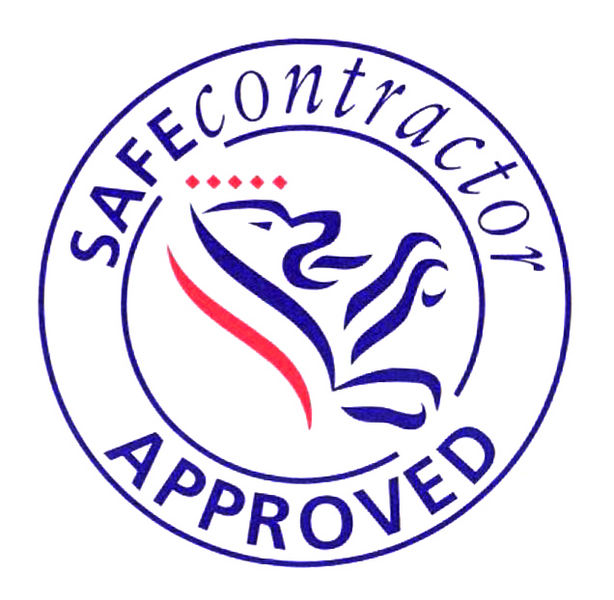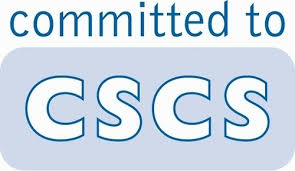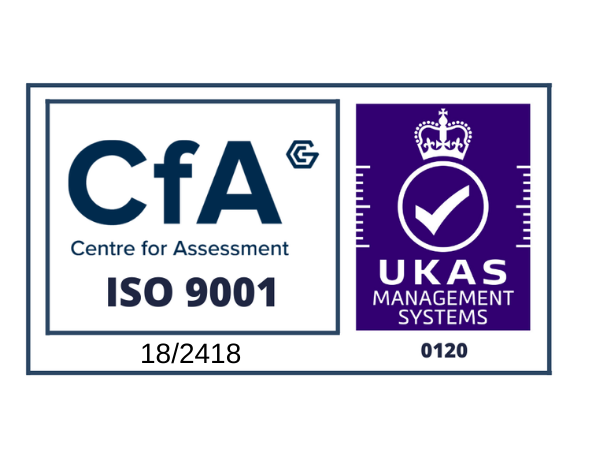Replacement Staircase Regulations
Bradfabs has specialised in the fabrication of quality bespoke staircases for three decades. We produce hand crafted spiral and helix staircases, as well as beautiful conventional staircases.
Many homeowners seek to individualise their homes - there is no better way to achieve this than by adding a feature staircase.
It is important, however, when considering the installation of a feature staircase, to check the rules to ensure that your new staircase is safe and meets all relevant building regulations.
In today’s blog, we take a look at what you need to know about replacement staircase regulations.
Rules for Spiral Staircases
Any spiral or helical staircase should confirm to British Standards BS 5279 (part 2) whilst Approved Document K of Building Regulations deals with protection from falling, collision and impact as a result of using stairs.
In general, spiral staircases are allowed in private homes where the staircases are to be used by a small number of people who are familiar with the staircase/layout.
A spiral staircase can only be used as a main access to a higher floor if it conforms to specific specifications:
- Minimum going from the centre of the tread should be 190mm
- Minimum clear width between the core pole and handrails should be 800mm (if you live in Scotland this figure rises to 900mm)
- Minimum and maximum rise per tread is between 170 and 220 mm.
The regulations for spiral or helix staircases fall into 5 categories:
- A - Small private stair
- B - Private stair
- C - Small semi- public
- D - Semi-public
- E - Public stairs
Document K
Approved Document K states that if a staircase uses consecutive tapered threads, they should have a consistent going (a “going” is the horizontal distance between the edge of one tread and the next), and that, if a staircase has both straight and tapered treads, the going of the tapered treads should not be less than that of the straight treads.
Document K states that, in relation to private stairs, the rise should be between 150-220mm, and the going should be between 220-300mm.
However, if the staircase is external and features tapered steps, these measurements change.
In this instance, the going should be between 280-300 mm and the pitch should be limited to no more than 42 degrees. The formula for this would be: 2 x the rise + the going = 550-700mm.
Rules for Landings
The rules for landings are also specific; stating that there should be 400mm of space on a landing between any doors and the edge of the stairs.
The landing should be as wide and as long as the smallest width of the flight. However, if a staircase forms part of an escape route from the house then Approved Document B Volume 1- Dwelling Houses also needs to be consulted.
Approved Document B covers aspects of fire safety and means of escape.
Approved Document M deals with the access to and use of a building. Volume 1 deals with private dwellings and the three main areas applying to residential properties are as follows:
- Section 1 Category 1 - Visitable Dwellings
- Section 2 Category 2 - Accessible and Adaptable Dwellings
- Section 3 Category 3- Wheelchair User Dwellings
If you are considering installing a replacement staircase in a listed building, then you may need to speak to the local authority conservation and access officer. English Heritage may also be able to provide useful advice.
About Bradfabs
Here at Bradfabs, we have a team of highly skilled engineers ready to fabricate a beautiful staircase to your exact specifications. An expertly constructed and beautifully finished staircase from Bradfabs will add that touch of class to any home.
Call us now on 01274 400 401 if you require any information or we can be contacted by email at sales@bradfabs.co.uk where we will be very happy to help with any queries.
Disclaimer: The above information is intended as a guide only and, should you be unsure of any part of the current regulations for the installation of a replacement staircase, we strongly advise that you consult an expert.







